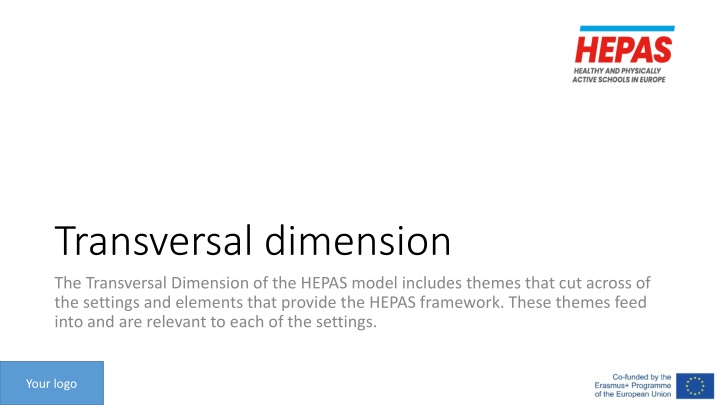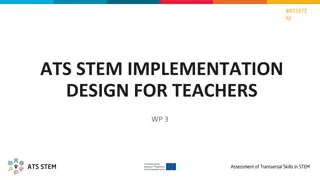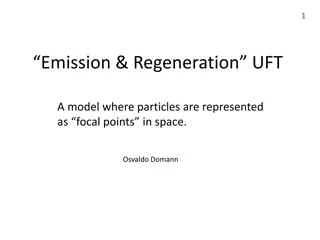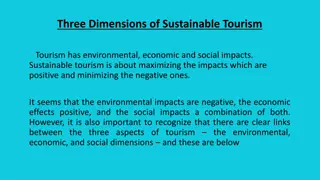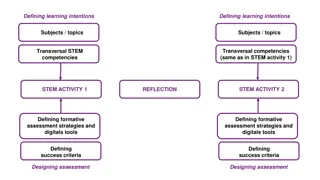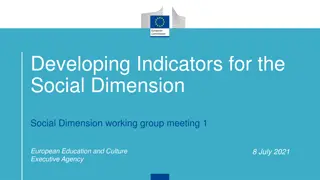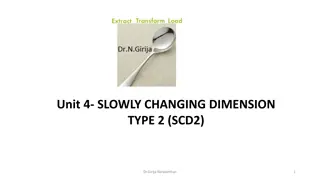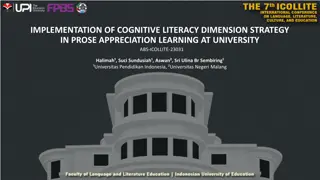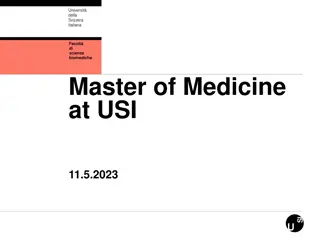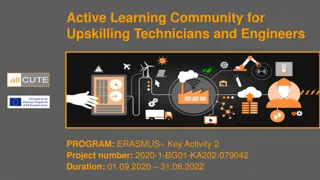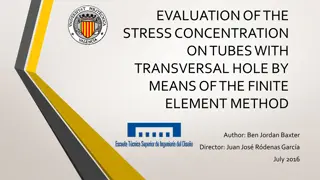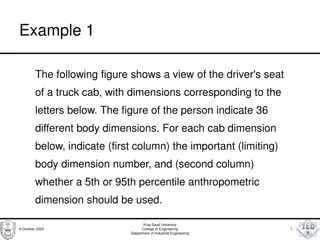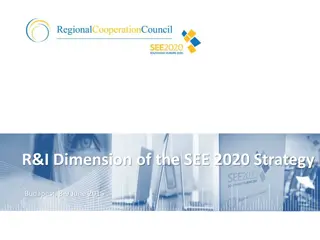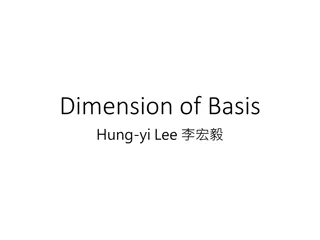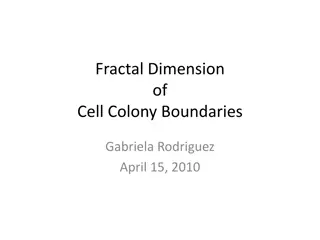Transversal dimension
The transversal dimension of the HEPAS model explores themes that cut across different settings and elements within the framework. This dimension encompasses categories such as inclusion and diversity, continuous professional development, facilities, equipment, and community partnerships. Additionally, the evidence highlights the importance of staff training, school infrastructure, community connections, and extracurricular activities in achieving a Healthy and Physically Active School.
Download Presentation

Please find below an Image/Link to download the presentation.
The content on the website is provided AS IS for your information and personal use only. It may not be sold, licensed, or shared on other websites without obtaining consent from the author.If you encounter any issues during the download, it is possible that the publisher has removed the file from their server.
You are allowed to download the files provided on this website for personal or commercial use, subject to the condition that they are used lawfully. All files are the property of their respective owners.
The content on the website is provided AS IS for your information and personal use only. It may not be sold, licensed, or shared on other websites without obtaining consent from the author.
E N D
Presentation Transcript
Transversal dimension The Transversal Dimension of the HEPAS model includes themes that cut across of the settings and elements that provide the HEPAS framework. These themes feed into and are relevant to each of the settings. Your logo
5 Categories of the Transversal 5 Categories of the Transversal Dimension Dimension We define the Transversal Dimension of the HEPAS model as themes that cut across of the settings and elements that provide the HEPAS framework. These themes feed into and are relevant to each of the settings. We identify 5 categories of this Transversal Dimension. Inclusion and diversity School events, project weeks, camps Continuous professional development Transversal Dimension Facilities, equipment and resources Community partnerships
5 Categories of the Transversal 5 Categories of the Transversal Dimension Dimension Inclusion and diversity A process of addressing and responding to the diversity of needs of all learners through increasing participation in learning, cultures and communities, and reducing exclusion within and from education. Continuous professional development Professional growth of teachers and non-teaching staff facilitated by courses or other opportunities for job-specific training. Facilities, equipment and resources Facilities: the buildings, equipment, and services provided for a particular purpose; Equipment: the set of necessary tools, clothing, etc. for a particular purpose; Resource: a useful or valuable possession or quality of a country, organization, or person. Community partnerships Practices to include families and communities in educational processes. School events, project weeks, camps School events: events that take place either in the school itself or by the school community in other settings; Project weeks: Project Based Learning (PBL) is a teaching method in which students learn by actively engaging in real-world and personally meaningful projects , frequently last for one week giving them consequently the name project weeks ; Camps: enable students to explore, extend and enrich their learning and their social skill development, in a non- school setting.
The evidence The evidence Studies show that achieving the model of a Healthy and Physically Active School is reliant on several aspects of how a school is organised, including staff training, the school s infrastructure and culture, how the school is connected to the community, as well as extra-curricular activities on offer. Inclusion and diversity - expectation in sport and physical activity, like any other area of the school curriculum - teachers need to develop certain core attitudes and values Continuous professional development - first step towards any educational change is professional development - non-specialists and even specialist PE teachers often feel unprepared for a role promoting physical activity (PA) within an Active School context Facilities, equipment and resources - significant factor in the realisation of Active Recess, age-appropriate, free available to all students - maintaining safe, social, and active environments in school is fundamental - professional development and a modification of the priorities within the school curriculum are necessary
The evidence The evidence Studies show that achieving the model of a Healthy and Physically Active School is reliant on several aspects of how a school is organised, including staff training, the school s infrastructure and culture, how the school is connected to the community, as well as extra-curricular activities on offer. Community partnerships - importance of families and the communities in which children and young people live for educational development - students are much more likely to reach the WHO target of 1 hour of activity per day if they are supported in being active both in and outside of school School events, project weeks, camps - Summer camps are most-researched (in contrast to school events and project weeks) and valuable settings for maintaining or even increasing students daily PA levels - structured days hypothesis suggests that health-related behaviours (PA, sedentariness, diet) are more beneficially regulated during relatively structured days (e.g., school days; residential camps) than during less structured days (e.g., long holidays; weekends) quarantine procedures have resulted in reduced levels of PA
Recommendations Recommendations How to focus on the Transversal Dimension of the school setting to encourage physical activity and healthy lifestyles. Inclusion and diversity - promote and develop positive attitudes and values towards inclusion/value diversity, sharing experiences of successful inclusive practice, and creating a multi-professional support team of people surrounding students - develop supportive social environments for learning and participation - create a barrier-free school environment Continuous professional development - engage in relevant professional development experiences, including taught courses, structure observation activities, and reflecting practice Facilities, equipment and resources - become familiar with the safe and appropriate use of resources, become familiar with the resources available, and train students in the safe and appropriate use of these facilities, equipment and resources - maintaining safe, social, and active environments in school (also through funding) - establish joint-user agreements to increase the availability of facilities
Recommendations Recommendations How to focus on the Transversal Dimension of the school setting to encourage physical activity and healthy lifestyles. Community partnerships - assign active homework, include physical activity-related information for family members, encourage families to discover and use local sport facilities - encourage parents and other community stakeholders to take part in Active School committees, and work with parent and community associations to support PA promotion throughout the community - institutions of higher education, such as universities and research centres, can be key partners in the development and implementation of the Active Schools concept. School events, project weeks, camps - advocate for the inclusion of PA-orientated project weeks, day camps and residential camps - support teachers' initiatives by protecting budgets for these activities, and allowing time for them - develop partnerships and contractual agreements with local community providers and / or universities to use their facilities
